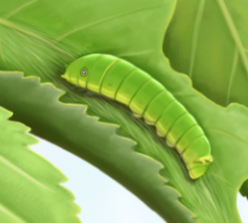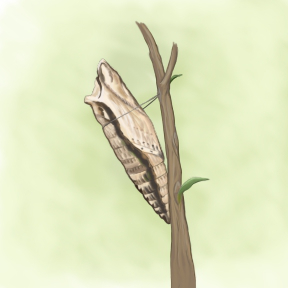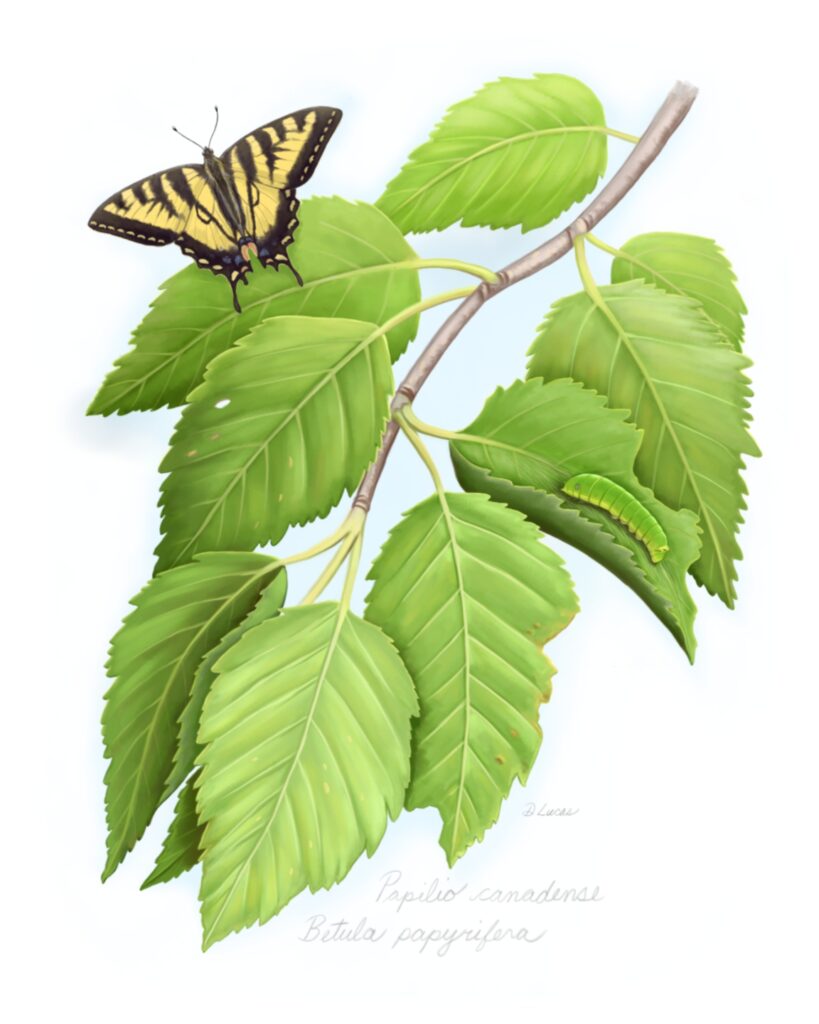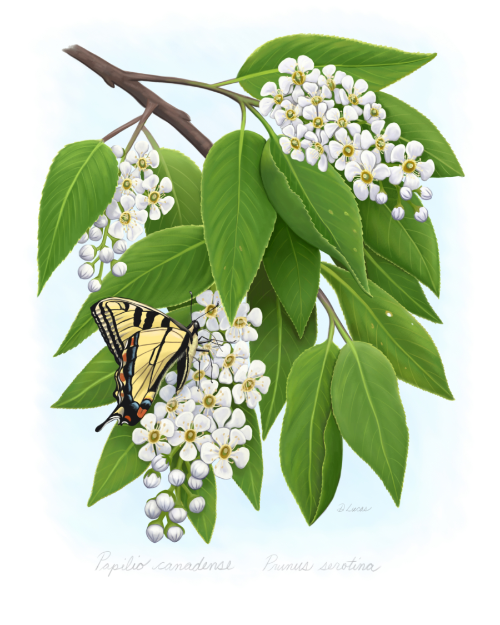Papilio canadense
The Canadian Tiger Swallowtail (Papilio canadense), is a beautiful yellow and black striped butterfly that may be a common visitor to your garden. This butterfly could become a resident if your garden has the host and nectar plants it needs to complete its lifecycle. Most importantly Canadian Tiger Swallowtails need specific host plants to feed on in their larval (caterpillar) stage. All moths and butterflies (Lepidoptera) have host plants. The larval host plants for Canadian Tiger Swallowtails are certain trees. These are:
The Canadian Tiger Swallowtail Caterpillar Host Plant(s)
Willows (Salix spp.), cherries (Prunus spp.), poplars (Populus spp.), ashes (Fraxinus spp.), birches (Betula spp.) and apple trees (Malus spp.).
Eggs
The females lay their greenish eggs singly on the leaves of these host plant trees. The egg stage is usually 4 to 10 days.
Caterpillars
The Canadian Tiger Swallowtail caterpillar is an eating machine that eats the leaves and sometimes the buds and blossoms of the host plants. The caterpillar grows continuously by moulting in stages called instars. In three to four weeks, the caterpillar is fully grown. The fully grown caterpillar will find a twig or branch on the host tree or some other sheltered spot, to secure itself with a silken girdle and transform into a chrysalis.

Chrysalis
The Canadian Tiger Swallowtail chrysalis looks like a dried leaf. The butterfly that emerges (ecloses) from the chrysalis, will need to find a good source of nectar to sustain itself.

If you have any of the host trees in or near your property, then the next step to providing habitat for Canadian Tiger Swallowtails is to have a succession of nectar plants that flower from late spring to the end of the summer. Flowering native plants provide the best nutrition for butterflies. Some of the Canadian Tiger Swallowtail’s favourites are:
Adult Canadian Tiger Swallowtail Nectar Plants
milkweeds (Asclepias spp.), Phlox (Phlox paniculata), Purple Coneflower (Echinacea purpurea), Black-eyed Susan (Rudbeckia hirta), Joe-Pye Weed (Eupatorium purpureum), Sweet Pepperbush (Clethra alnifolia), Buttonbush (Cephalanthus occidentalis), Ironweed (Vernonia noveboracensis), Beebalm (Monarda didyma).
What else do Canadian Tiger Swallowtails need for their habitat?
A Mud Puddle
These little yellow tigers are known for their mud puddling. Swallowtails that gather in a mud puddle, are mostly young males acquiring minerals from the mud. The minerals subsequently enter the males’ sperm and are passed on to the females during mating. These minerals become nutrients for the eggs, aiding in their survival.
You can make a mud puddle for your butterfly garden by using a bird bath, filling it with ordinary garden soil, a handful of compost, some flat stones for the butterflies to perch on and some water. A bird bath turned into a mud puddle provides a safe puddling place out of reach from roaming cats and dogs.
Shelter
Butterflies often need shelter areas within their habitat to hide from predators and protect them in bad weather. Shrubs, preferably native, and brush-piles are great shelters for butterflies.
Leave the Leaves
Reducing your lawn, growing more native plants and leaving the leaves in your garden are crucial things to do in a wildlife/butterfly garden. There are many different species of insects that shelter, develop and overwinter in the leaf litter. Having leaf litter and plants beneath your trees provides a soft landing and shelter for any chrysalis or caterpillar that may fall.
*Never use herbicides or pesticides anywhere near a butterfly garden.

More facts about the Canadian Tiger Swallowtail
Range: from central Alaska, southeast across Canada and the Maritimes (excluding Labrador). In the US. they range from the northern Great Lakes States to northern New England.
Habitat: open deciduous forests, forest edges, roadsides, gardens, and urban areas near treed areas
Broods/Flight: There is one generation of this species per year. They are active from May until mid-July and live from 6 to 14 days.
Overwintering: as a chrysalis.
Links to find out more about plants native to your area:
Ladybird Johnson Wildflower Center
Canadian Wildlife Federation – native plant encyclopedia
*Please subscribe to this blog for more posts on butterflies and native gardening.

